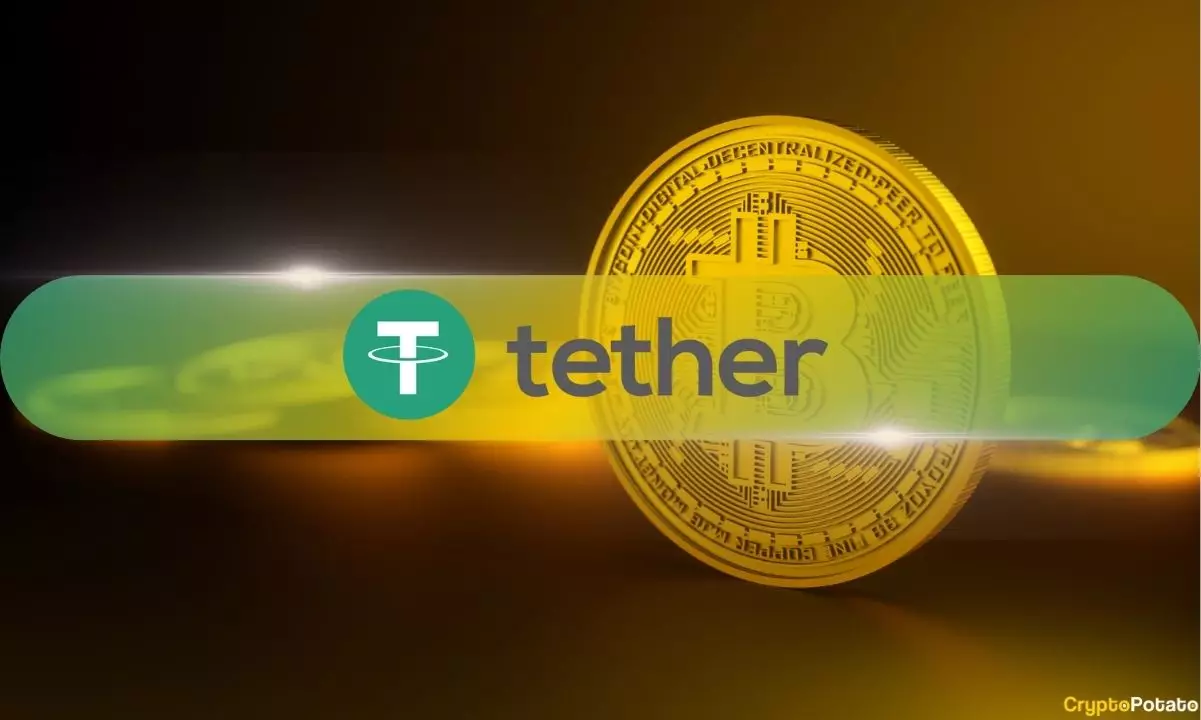In a notable event in Lugano, Switzerland, Tether’s CEO, Paolo Ardoino, publicly detailed the stablecoin issuer’s reserves, revealing significant holdings that include $5.58 billion in Bitcoin, $3.87 billion in gold, and an impressive $100 billion in U.S. Treasury bonds. This information is particularly pertinent as Tether grapples with an ongoing investigation by the U.S. federal authorities and faces critical scrutiny regarding its reserve backing. The communication of these asset details comes at a vital time, as the market capitalization of USDT has recently soared to approximately $120 billion.
Ardoino’s disclosures, made during the unveiling of a statue of Satoshi Nakamoto, sparked considerable online reactions. Social media users expressed skepticism about whether Tether’s asset mix is adequate to ensure complete backing for its stablecoin. A notable dialogue emerged from a presentation slide shared by Uquid CEO Tran Hung, where various participants raised questions about the sustainability of USDT amidst its lofty market cap. Ardoino was quick to address these queries by clarifying that Tether’s reserves encompass not just Bitcoin and gold but also substantial investments in U.S. Treasury bonds, bolstering its overall financial foundation.
Meanwhile, the scrutiny surrounding Tether has intensified, with a report from the Wall Street Journal (WSJ) indicating that the U.S. Attorney’s Office is conducting a federal investigation into Tether for possible money laundering activities. Allegations suggest that the firm might have been exploited by third parties for nefarious purposes, including drug trafficking and terrorism financing. The report also hints at investigations surrounding whether Tether’s operations have inadvertently supported sanctioned entities like Russian arms dealers, a claim that the company staunchly denies.
In response to these allegations, Ardoino stated emphatically that there are no indicators substantiating an active investigation against Tether. He characterized the WSJ’s report as a reiteration of outdated claims, emphasizing a commitment to transparency and cooperation with law enforcement agencies to combat illegal activities. He highlighted that Tether has successfully aided in recovering over $109 million linked to illicit operations since 2014.
The tumultuous backdrop of these developments has further accentuated the longstanding concerns regarding Tether’s transparency and regulatory approach. Critics have long been wary about the adequacy of its asset reserves in maintaining the 1:1 peg to the U.S. dollar, pressuring the organization to provide clearer insight into its operations. The company’s dealings in regions mired in economic distress, such as Venezuela and Russia, have also raised questions about the potential circumvention of international sanctions, adding layers of complexity to the narrative.
As Tether navigates this challenging landscape of scrutiny and skepticism, its leadership must focus on fostering trust and ensuring clarity in its financial operations. The ability to convincingly demonstrate the strength and transparency of its reserves will be pivotal in countering the negative narratives and uncertainties surrounding the company. Ultimately, Tether’s future will hinge not only on its asset backing but also on its capability to navigate regulatory landscapes while maintaining its role in the evolving cryptocurrency ecosystem.

